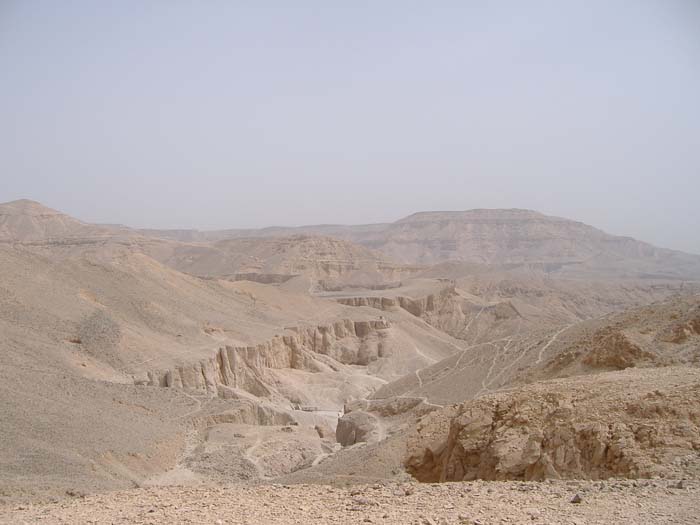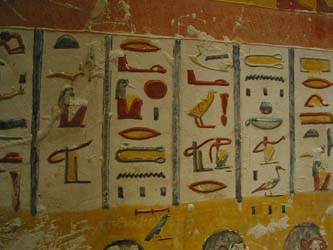The Valley of the Kings is one of the earliest examples of a necropolis, (literally, a ‘city of the dead’). A veritable burial ground of the great pharaohs and noblemen of Egypt for a period of time that spans 500 years, the Valley of the Kings remains one of the richest sources of Ancient Egyptian history.
Properly referred to by scholars as ‘The Great and Majestic Necropolis of the Millions of Years of the Pharaoh, Life, Strength, Health in the West of Thebes’, or ‘The Great Field’ (Ta-sekhet-ma’at in ancient Egyptian and Coptic), it is also referred to as the Wadi al Muluk, or the Wadi Abwab al Muluk in Egyptian Arabic.

© Hannah Pethen – The Valley of the Kings
Declared a World Heritage Site by UNESCO in 1979, it remains a popular tourist destination spot for both foreigners and locals. Although its primary importance comes from being among the most well-known, integral hub for a majority of today’s archaeological and Egyptological endeavors.
Where is the Valley of the Kings?
The Valley of the Kings is located on the Western bank of the Nile River, opposite modern-day Luxor, and was previously known as Thebes. The Valley of the Kings is a necropolis within a necropolis, being situated at the heart of the Theban Necropolis itself, and consists of two valleys – the Eastern and Western Valleys, the whole of which being dominated by the peak of al-Qurn.
Known to the Ancient Egyptians as ‘the Peak’ (ta dehent), al-Qurn later became the theoretical inspiration for the Egyptian Pyramids. Being deep in the heart of an arid, barren stretch of desert land, this was an ideal burial ground for ancient Egypt’s royalty, nobility, and all other social elite families that could afford a tomb, thanks in part due to its secluded nature.

© globetrotter_rodrigo – Tomb Wall Hieroglyphs








































